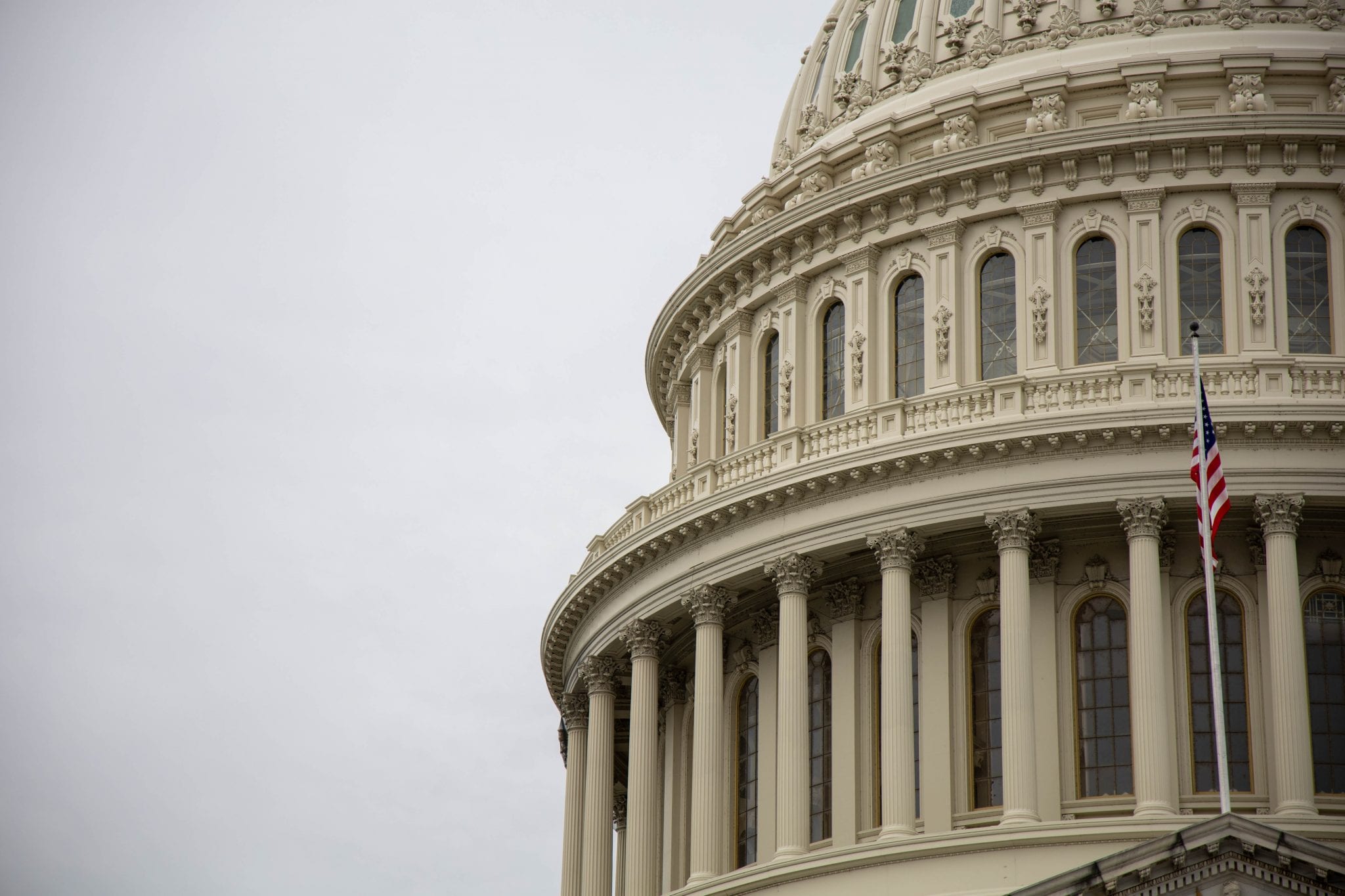The Association of Public and Land Grant University survey tells us COVID changed everything and nothing at all for Higher Ed. Government funding topped the survey as the biggest challenge institutions face. Likewise, below are the reasons why this remains one of the biggest challenges faced by public higher education.
Changing Viewpoint
People are changing their beliefs that public education is good for them. Likewise, dwindling political backing means less funds given to struggling colleges. Without government aid colleges pass the costs onto their students. Students cannot afford these extra costs. Nor do they trust the value of the degree. Tales of college graduates unable to find jobs abound. Graduates pay off student loans rather than buy new homes. Students question whether a degree is a better investment than learning a trade. Burned by being saddled with debt well into their midlife, people no longer believe that public education is for the public good. As a result, policy makers do not make funding higher ed a priority.
Battered Reputations
Besides that, in past years higher ed scandals filled daily news feeds. The Varsity Blues admission scandal in California, sexual assault scandals across the Midwest, and tainted athletic programs across the country have sullied the reputation of prestigious institutions. Students expect more. Not only do colleges need to exceed expectations on the field, they need to do it in the classroom as well. Students are reluctant to pay for degrees that are not part of a top program. Likewise, policy makers are hesitant to invest in rocky programs. Besides that, schools now must squeeze nearly dry funds to give students a safe campus.
Declining Enrollment
Besides that, the pandemic means less students going back to campus. Enrollment continues to decline. Historically, during recessions government grant programs kick in to boost enrollment. Higher Ed enrollment swelled in the last Great Recession. Today, students are hesitant to return to campus for health and safety reasons. Also, international students face unprecedented obstacles to return to campus. Travel restrictions and quarantine policies make it easier to take classes close to home. As a result, lower enrollment means less demand to fund higher ed programs.
Uncertainty in State and Federal Policies
Likewise, there is a great deal of uncertainty in Federal and State policy. Institutes of Higher Ed are incredibly at achieving strategic plans when they can stay on a set path. Adapting their strategic plan to meet changing policies is difficult. Also, Institutes of Higher Ed have borne the brunt of state funding cuts for decades. COVID is no exception. Cutbacks depend on the size of the state budget and rainy day funds. Policymaker choices will offset the economic headwinds created by COVID. Institutions will find out these choices as they are made. As a result, universities will not have a lot of time to adjust their plans.
Immediate Needs vs. Future Economic Growth
Likewise, Federal Stimulus can mitigate the need for states to make cuts. But Institutes of Higher Ed may not be first in line to get any funds. Still, federal funds do help schools. Yet, the states face reduced tax revenues during the pandemic. State governments face increased costs in health care and public health programs. K-12 schools need extra funds to create safe buildings for schools to open so parents can return to work. Funding these essential areas is more pressing than taking care of Higher Ed needs. Still, the opportunity to fund programs which will up-skill those who lost jobs during the pandemic make good economic sense. Policy makers are asked to choose between immediate public needs and the future economic growth.
In sum, public higher education faces the same challenges as they did prior to the pandemic. However, COVID has shone a light on these challenges. Government funding sits at the top of the list. The cuts to funding at the state level have been mitigated for years by federal funds. Still, the pains of not returning state funds are acute. With the uncertainty in federal funding programs, institutions must look for other cash sources. Yet, public higher ed institutions must learn to adapt in the ever-changing environment.





